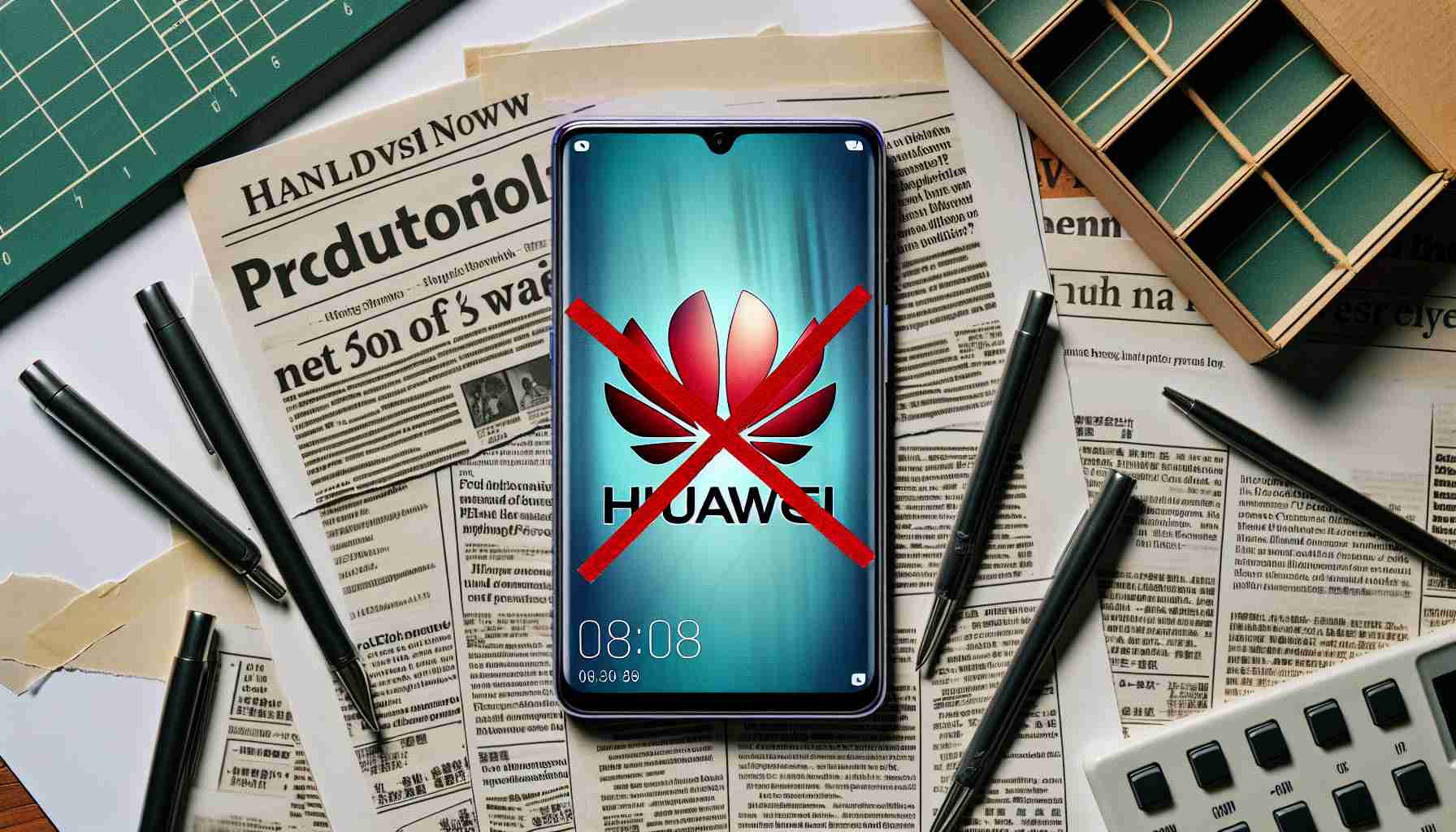Despite successfully launching the Kirin 9000S chipset, Huawei faces a tough road ahead in terms of maintaining its production levels. The company aims to make its Mate 60 series more affordable for customers, but a tipster suggests that this may not be feasible unless the production of the Kirin 9000S improves.
Producing the Kirin 9000S chipset at scale has been regarded as a challenging achievement for Huawei, given the numerous obstacles it has had to overcome amidst U.S. trade sanctions. However, successfully launching a chipset and ensuring its mass production are two different matters. Huawei insiders believe that reducing the pricing of their flagship series is contingent upon the increased production of the Kirin 9000S.
The main challenge lies in Huawei’s foundry partner, SMIC, and its ability to improve yields. SMIC, China’s largest semiconductor manufacturer, still struggles to optimize its manufacturing process due to limitations in its existing machinery. The company is currently unable to access advanced EUV equipment from ASML, as per the Biden administration’s restrictions. As a result, SMIC must rely on its current hardware, which poses significant challenges.
Additionally, SMIC is reportedly setting up 5nm production lines for Huawei. However, these chips are expected to cost up to 50 percent more than TSMC’s wafers at the same lithography, which further exacerbates the pricing issues for Huawei.
The hurdles of price, yields, and time consumption are not limited to the Kirin 9000S. SMIC’s 7nm technology is also facing challenges, resulting in increased costs for Huawei. Consequently, the Mate 60 series is likely to be priced in the premium bracket, as SMIC may struggle to produce a sufficient supply of Kirin 9000S.
Time is of the essence for Huawei, particularly if it wishes to maintain its newfound momentum in the domestic market. Overcoming these production challenges will be critical to Huawei’s ability to provide more accessible pricing for its Mate 60 series without compromising on quality or performance. Only with increased Kirin 9000S production can the company hope to deliver on its goal.
FAQ Section:
1. What is the main challenge Huawei faces in maintaining its production levels?
– Huawei faces challenges in maintaining its production levels due to the difficulties in producing the Kirin 9000S chipset at scale.
2. Why is the production of the Kirin 9000S chipset challenging for Huawei?
– The production of the Kirin 9000S chipset is challenging for Huawei due to the obstacles it has faced amidst U.S. trade sanctions.
3. What is the connection between the production of the Kirin 9000S chipset and the pricing of the Mate 60 series?
– Huawei insiders believe that reducing the pricing of the Mate 60 series is contingent upon the increased production of the Kirin 9000S chipset.
4. Who is Huawei’s foundry partner and what challenges does it face?
– Huawei’s foundry partner is SMIC, China’s largest semiconductor manufacturer. SMIC faces challenges in optimizing its manufacturing process due to limitations in its existing machinery and restrictions on advanced equipment.
5. What impact does SMIC’s struggles have on Huawei’s pricing issues?
– SMIC’s struggles result in increased costs for Huawei, particularly in the production of 5nm chips. This further exacerbates the pricing issues for Huawei.
6. What is the potential pricing range for the Mate 60 series?
– The Mate 60 series is likely to be priced in the premium bracket due to the challenges SMIC faces in producing a sufficient supply of the Kirin 9000S chipset.
7. Why is time crucial for Huawei in overcoming production challenges?
– Time is crucial for Huawei as it wishes to maintain its momentum in the domestic market. Overcoming production challenges is essential for Huawei to provide more accessible pricing for its Mate 60 series without compromising on quality or performance.
Definitions:
– Kirin 9000S: A chipset developed by Huawei for its mobile devices.
– SMIC: Semiconductor Manufacturing International Corporation, the largest semiconductor manufacturer in China and Huawei’s foundry partner.
– EUV: Extreme Ultraviolet, a technology used in semiconductor manufacturing for better precision.
– Lithography: The process of printing a pattern on a semiconductor wafer using light.
– TSMC: Taiwan Semiconductor Manufacturing Company, a leading semiconductor foundry.
Related Links:
– Huawei Homepage
– ASML Homepage
– SMIC Homepage
The source of the article is from the blog regiozottegem.be
